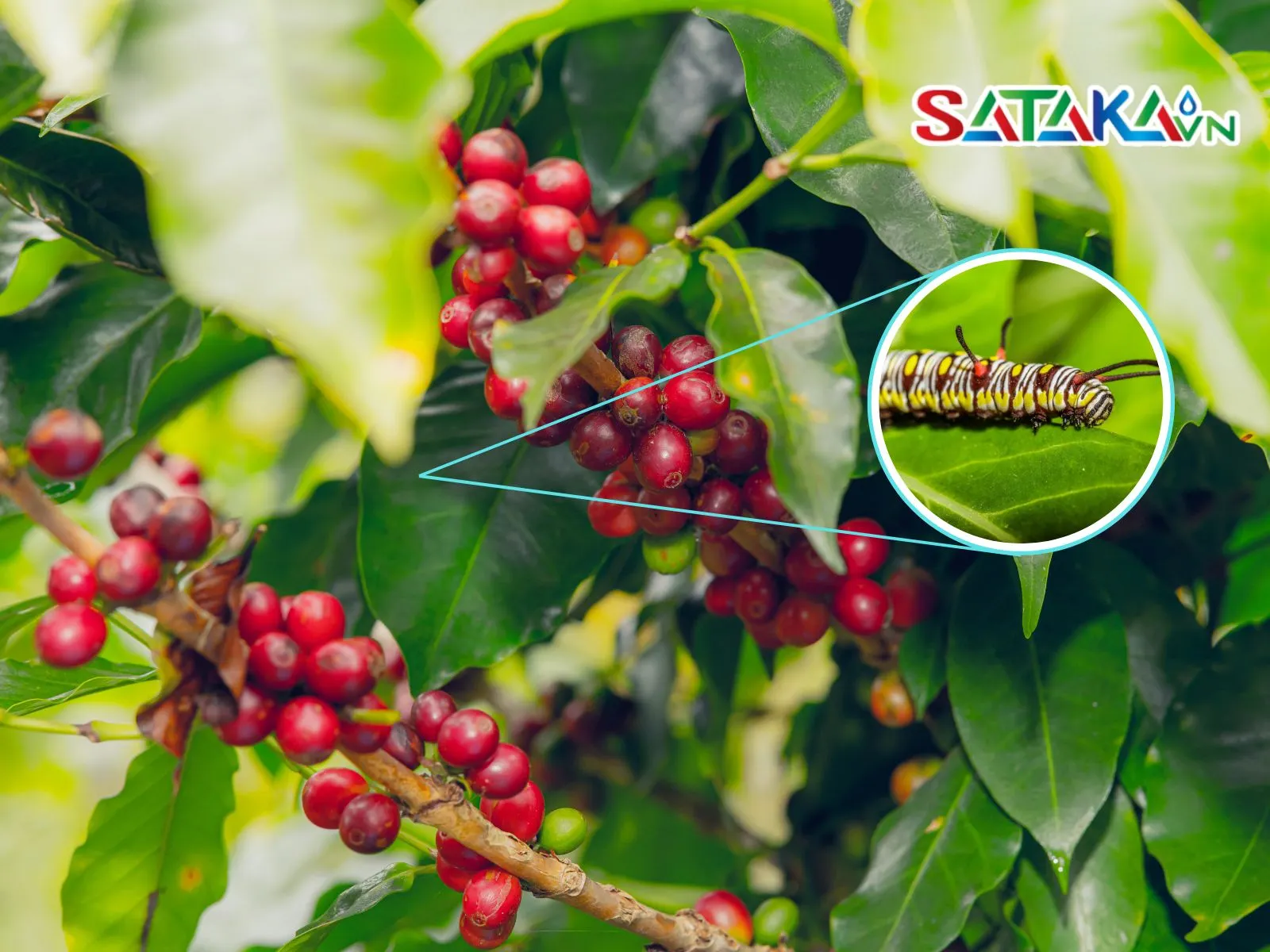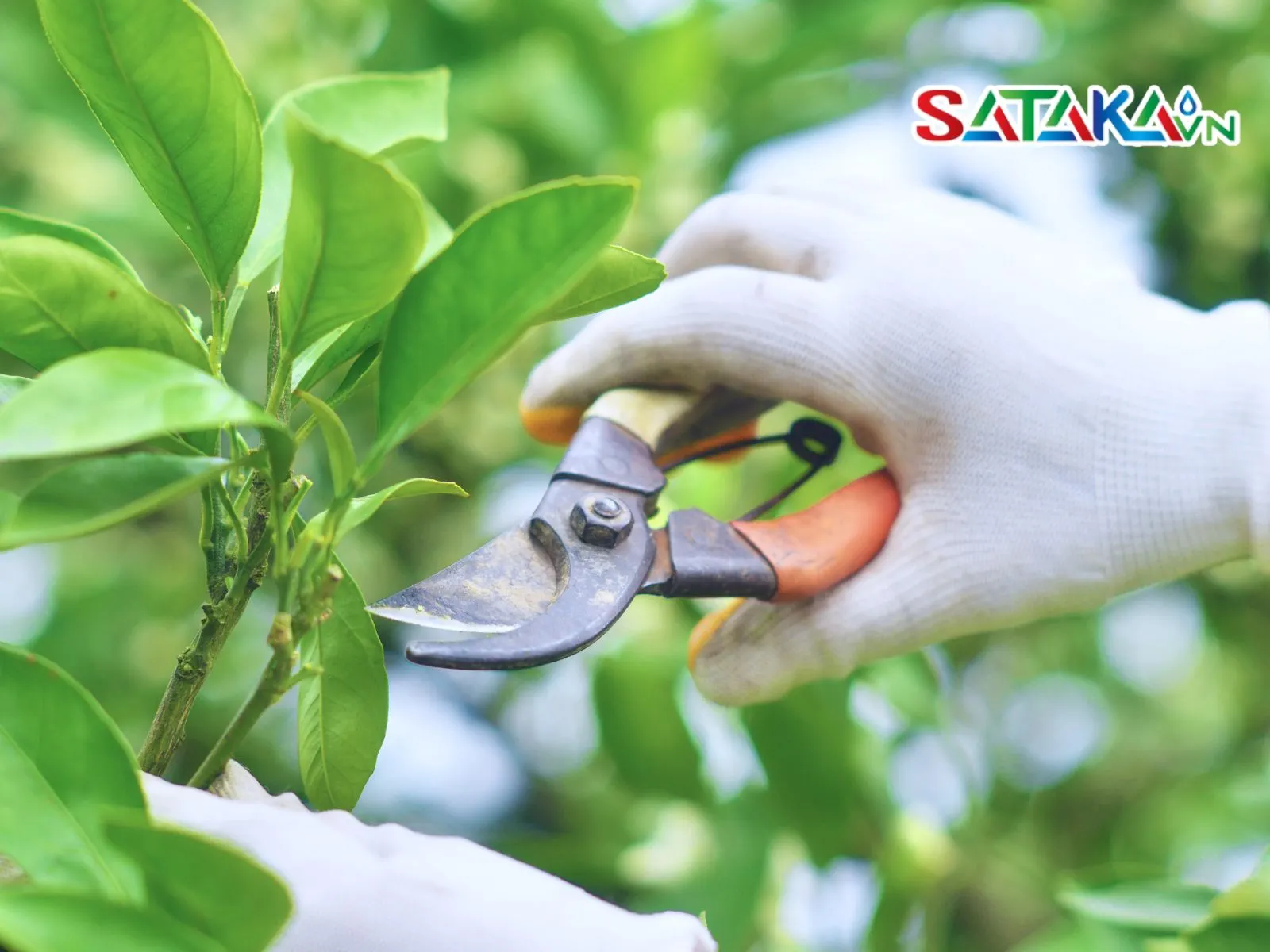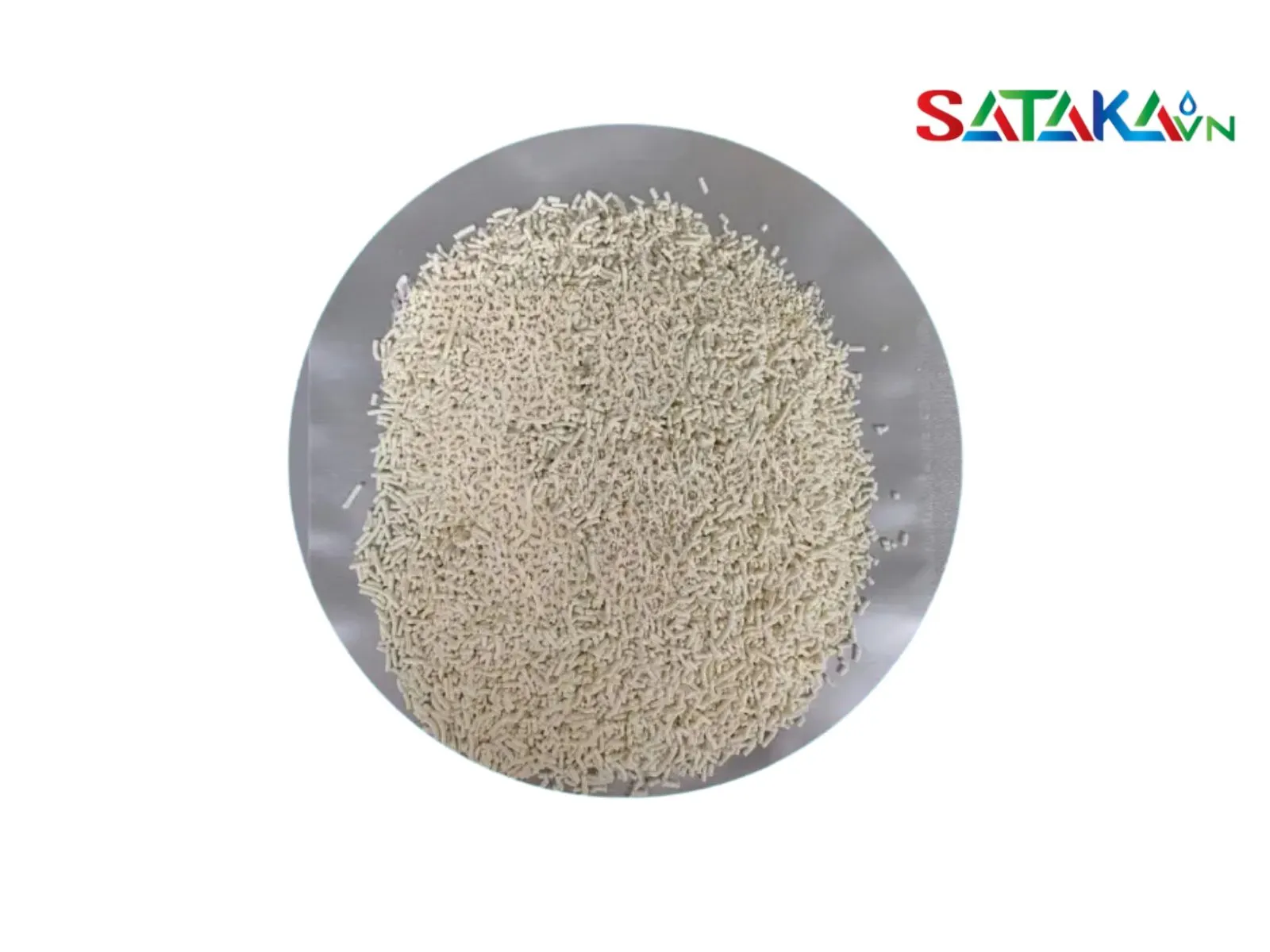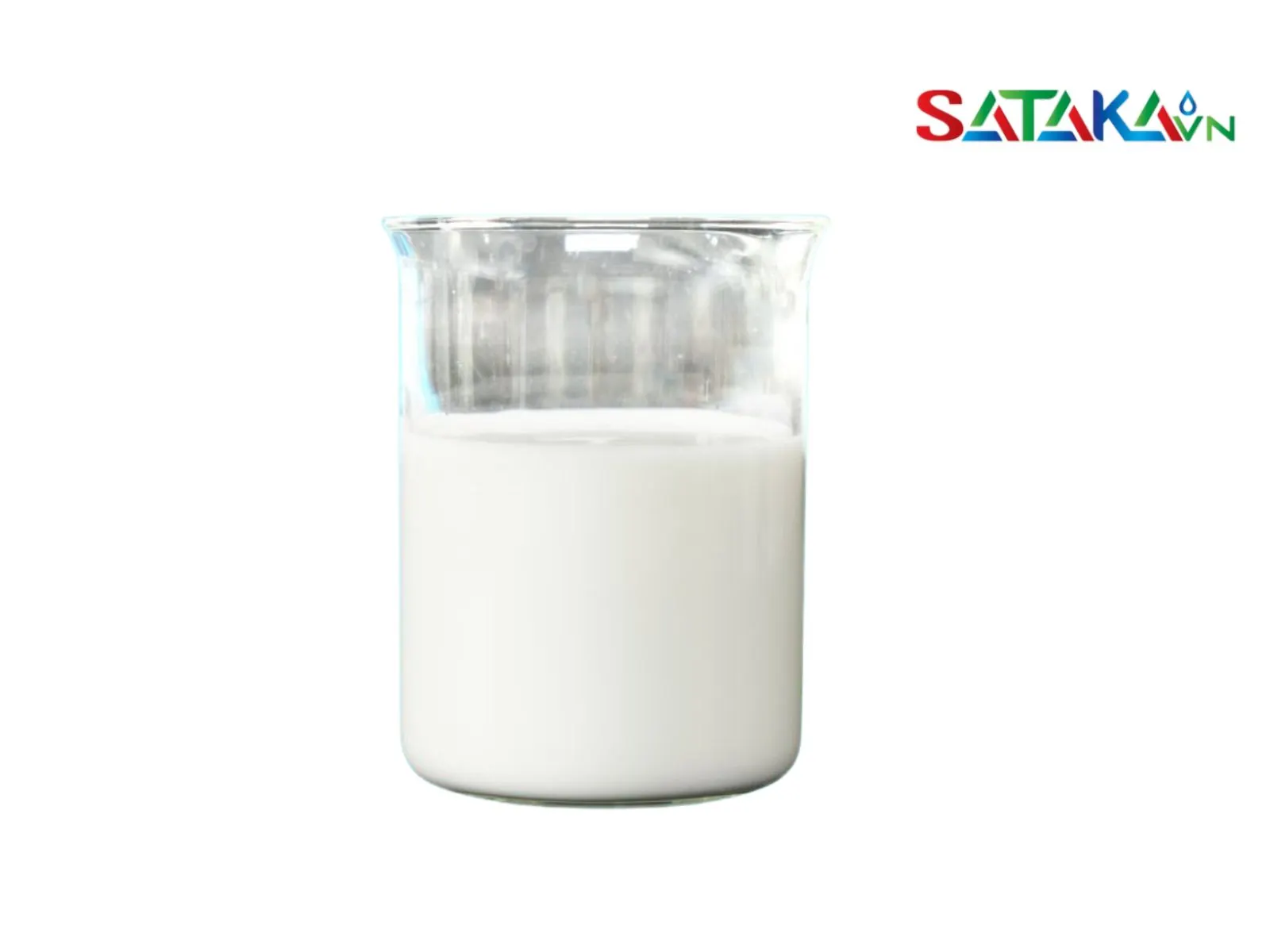The loss of young coffee cherries is a big concern for many farmers, directly affecting productivity and income. Understanding the cause and effective remedies is an important step to protect crops and optimize coffee output.
The phenomenon of coffee plants dropping young fruits is one of the most common issues faced by coffee farmers. To maintain stable productivity and ensure the quality of coffee beans, it is essential to understand the causes and remedies for this problem. Sataka will help you identify the causes and provide effective solutions to minimize the issue of fruit drop in coffee plants in the following article.
One of the most common causes of young fruit drop in coffee plants is nutritional deficiency, especially a lack of micronutrients and secondary nutrients such as Calcium, Boron, and Potassium. These elements play a crucial role in the development of coffee fruits. When the plant lacks nutrients, young fruits tend to drop before they fully develop.
Signs of nutritional deficiency in coffee plants include yellowing leaves, small fruits, or slow growth. In many cases, weak roots prevent the plant from absorbing sufficient nutrients from the soil, reducing its ability to nourish the fruits.
Weather is an uncontrollable factor in agriculture, exerting significant effects on coffee plant development. Harsh weather conditions such as drought, heavy rain, and temperature fluctuations can cause early fruit drop in coffee plants.
For instance, during the growth phase of young fruits, prolonged drought can lead to water deficiency, resulting in physiological imbalance. Conversely, excessive rainfall can cause waterlogging, preventing roots from breathing and absorbing nutrients, ultimately leading to fruit drop.

Drought causes coffee trees to lose young fruit
Pests and diseases are also major factors contributing to the dropping of young fruits in coffee plants. Common pests such as fruit borers, red mites, and thrips can directly attack young fruits, weakening the plant and causing fruit drop.
Additionally, certain diseases like anthracnose, pink mold, and powdery mildew can affect the development of coffee fruits. These diseases are often marked by black spots, rot on leaves, and fruit damage.

Coffee trees are attacked by pests, causing young fruit to fall
Improper water management is another reason for young fruit drop. A lack of water during critical growth stages causes fruits to wilt and drop. Conversely, overwatering can lead to waterlogging, making it difficult for roots to absorb nutrients and oxygen, thereby weakening the plant.
Soil pH also requires attention. Highly acidic or alkaline soil can limit the plant's ability to absorb nutrients, affecting fruit development.
Mistakes in coffee plant care, such as improper pruning, can also lead to young fruit drop. Over-pruning branches can disrupt the plant's physiological balance and leave insufficient nutrients to support fruit development. Excessive pruning may also hinder natural pollination processes.

Pruning branches incorrectly
To address nutrient deficiencies, farmers should use fertilizers containing Calcium, Boron, and Potassium—essential elements for fruit development. Foliar fertilizers can be an effective solution, allowing the plant to quickly absorb nutrients, improve overall health, and enhance fruit retention.
Moreover, applying fertilizers in the correct dosage and at the right time is crucial. Distribute fertilizer applications evenly throughout the plant's growth stages to avoid nutrient shocks that may cause young fruit drop.
Water plays a vital role in the development of coffee plants. Farmers should establish an appropriate watering schedule, ensuring sufficient water supply without causing waterlogging. Drip irrigation or sprinkler systems are ideal for conserving water while maintaining adequate soil moisture for the plants.
During the dry season, increase watering frequency and mulch the base of the plants with straw or leaves to retain soil moisture. In the rainy season, ensure proper drainage systems are in place to prevent waterlogging.
To protect coffee plants from pests and diseases, farmers should adopt preventive measures such as regular inspections and using biological or chemical controls. For instance, pesticides containing active ingredients like Emamectin Benzoate or Abamectin can effectively eliminate fruit borers, red mites, and thrips.

Active ingredient Emamectin Benzoate
To prevent fungal diseases that cause young fruit drop, use fungicides with active ingredients like Chlorothalonil or Hexaconazole. These compounds are effective in treating and preventing pink mold and powdery mildew.

Active ingredient Emamectin Benzoate
Pesticide and fungicide applications should be timed carefully to avoid harming natural pollinators. Always adhere to the recommended dosage on the packaging to prevent adverse effects on coffee plants.
To prevent young fruit drop due to care mistakes, farmers should practice correct pruning techniques. Only remove old, weak, or non-fruiting branches to concentrate nutrients on healthy branches.
Additionally, ensure proper pollination of coffee plants. In some cases, artificial pollination methods can be used to support natural pollination processes.
The Internet of Things (IoT) is increasingly being applied in agriculture, particularly in crop management. Sensors for monitoring moisture, nutrition, and pests enable farmers to manage coffee plantations more accurately, reducing young fruit drop.

Using IoT technology
Young fruit drop in coffee plants is a significant issue faced by many coffee growers. However, by adopting proper care practices and leveraging advanced technology, farmers can minimize this problem and protect the productivity and quality of coffee beans. Follow Sataka's website to stay updated on identifying and addressing issues in your coffee plantation promptly, ensuring a successful coffee harvest.